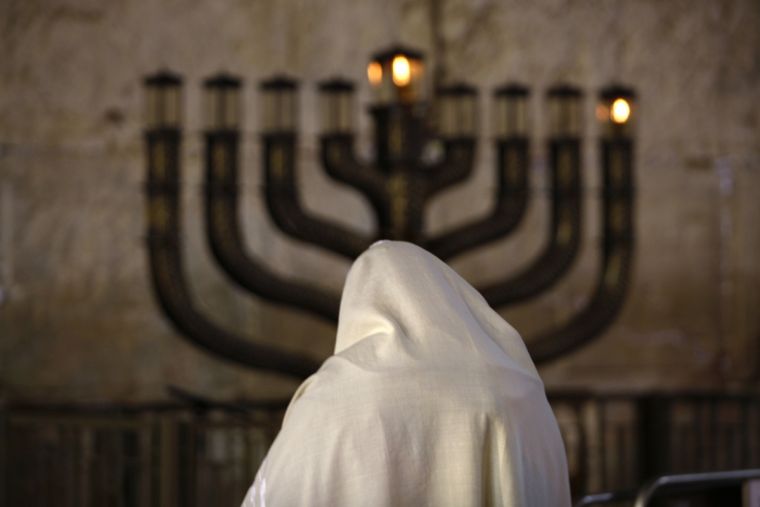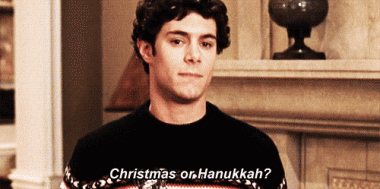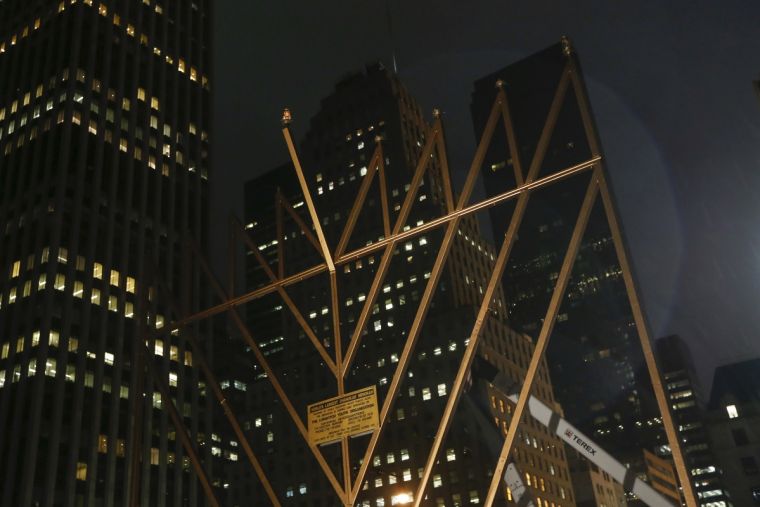Six things you might not know about Hanukkah

1. It's not the same as Christmas. Hanukkah is a relatively minor festival in the Jewish calendar. The Festival of Lights, as it is also known, begins on the 25th day of the Jewish month of Kislev, this year December 16. Because it often occurs around the same time as Christmas, our perception can get distorted as we try to find a Jewish equivalent. And no, Christmukkah, a hybrid festival championed by Seth Cohen in the OC, is definitely not a thing IRL.

2. It's celebrating a miracle. The story of the Maccabean revolt (second century BC) is recorded in Christian literature in the apocryphal First Book of the Maccabees, but it doesn't include the miracle at the centre of the Jewish celebration – God's provision of oil for the temple lamp for eight days. It just says there was an eight-day celebration after the rededication of the temple, without mentioning the oil. The miracle is recorded in the Talmud.
3. Light is very important. The menorah used to celebrate Hanukkah has nine candles or lamps, the menorah used in the temple has seven. This menorah, or the hanukkiah, symbolises God's provision of the oil for eight days. When celebrating Hanukkah an additional branch of the candelabrum is lit each night, with the ninth candle, the shamash, used as a practical light source (and to light the other candles) since the menorah is not meant to be used for utility, but for its spiritual significance.
4. Public menorahs have started to get competitive. Public menorahs have only been in vogue since the 1970s, at the instigation of Rabbi Menachem Mendel Schneerson in 1974. Since then the idea has certainly taken off, with an impressive range of designs and scales. New York claims to have two of the world's largest menorahs – one in Brooklyn and one in Manhattan, each 9 metres (32 feet) high, however, last year's hanukkiah in Tel Aviv reached 28 metres (92 feet). Where will it end?

5. Geography matters to your dreidel. The four letters on the dreidel, the traditional Hanukkah game that looks like a spinning top, vary according to where you are. Outside Israel, the letters mean "A great miracle happened there". An alternative was introduced after the State of Israel was founded in 1948, to read "A great miracle happened here".
6. It has generated some truly excellent contributions to the musical canon. The lighting of the menorah (even the small ones) it is accompanied by a series of traditional prayers, and hymns may also be sung. Alternatively, for some less traditional Hanukkah music, try this:











